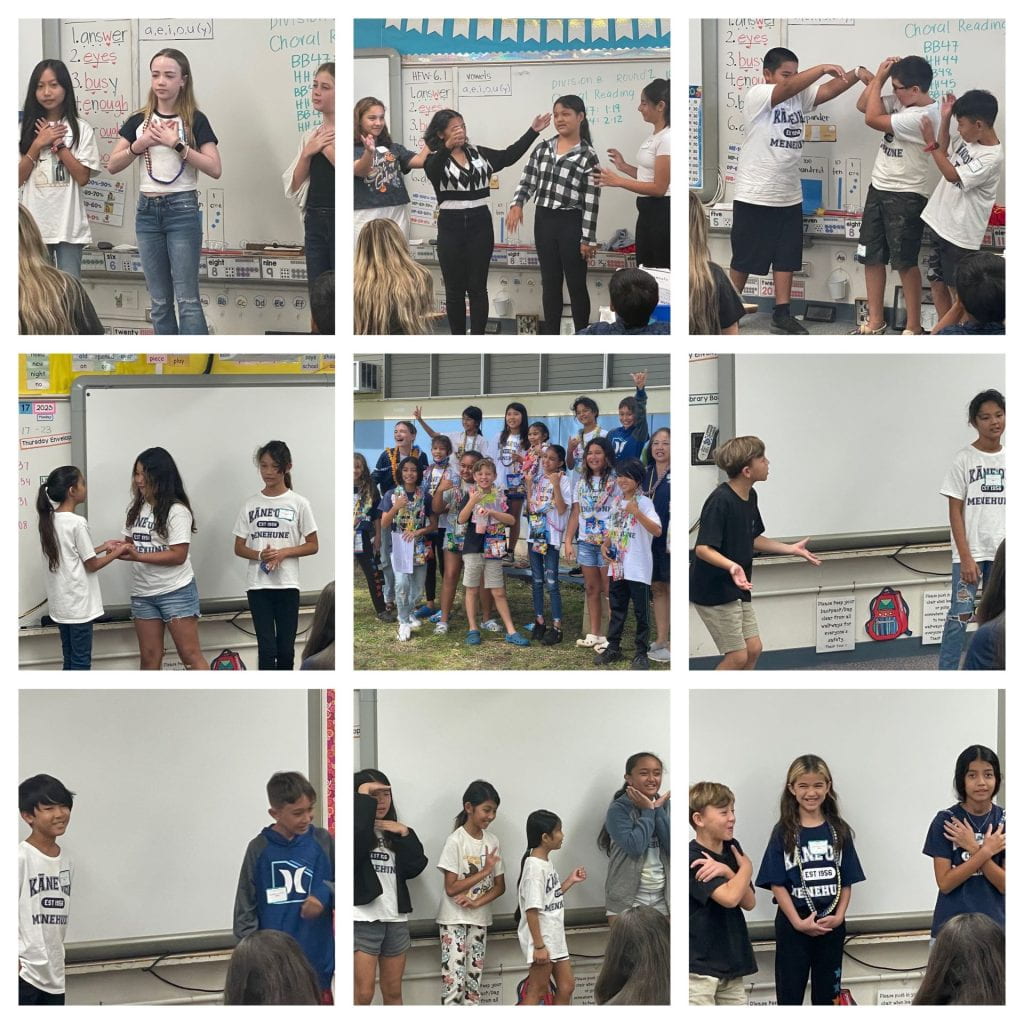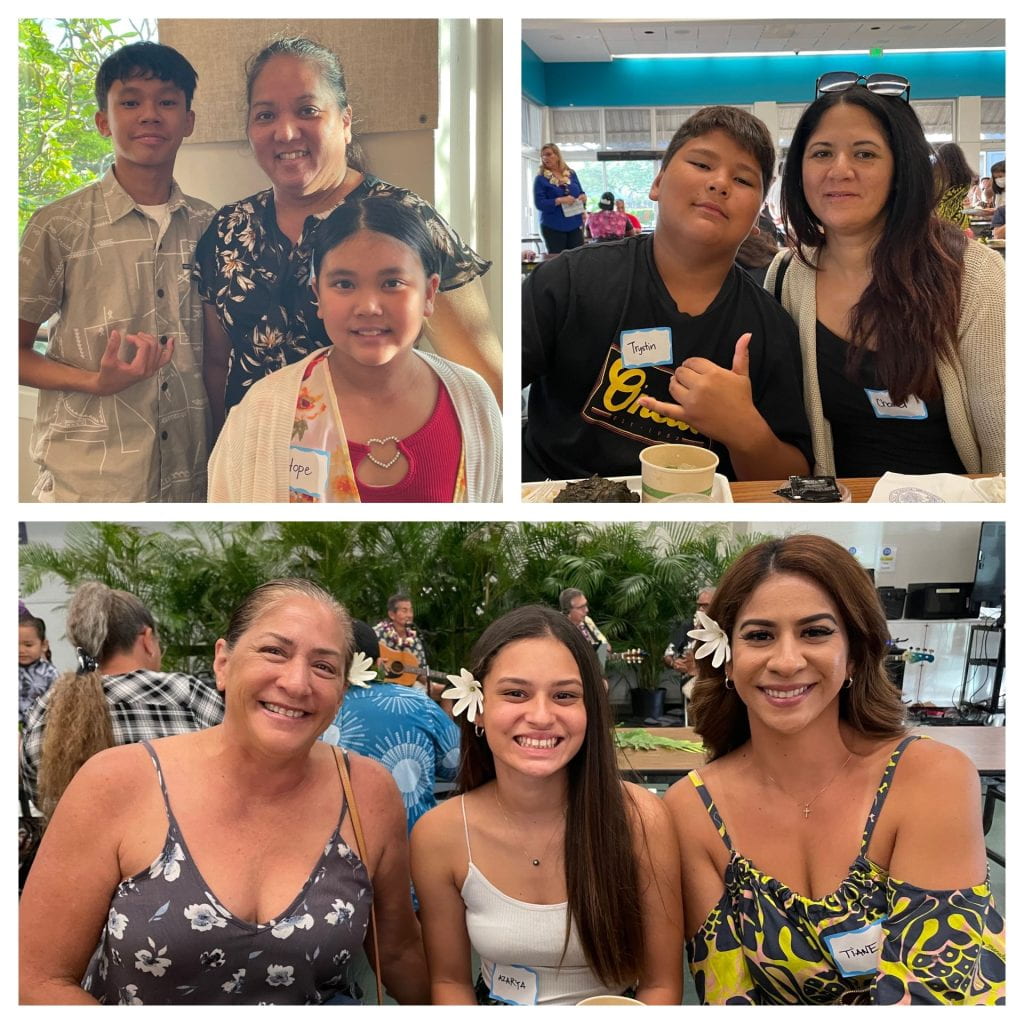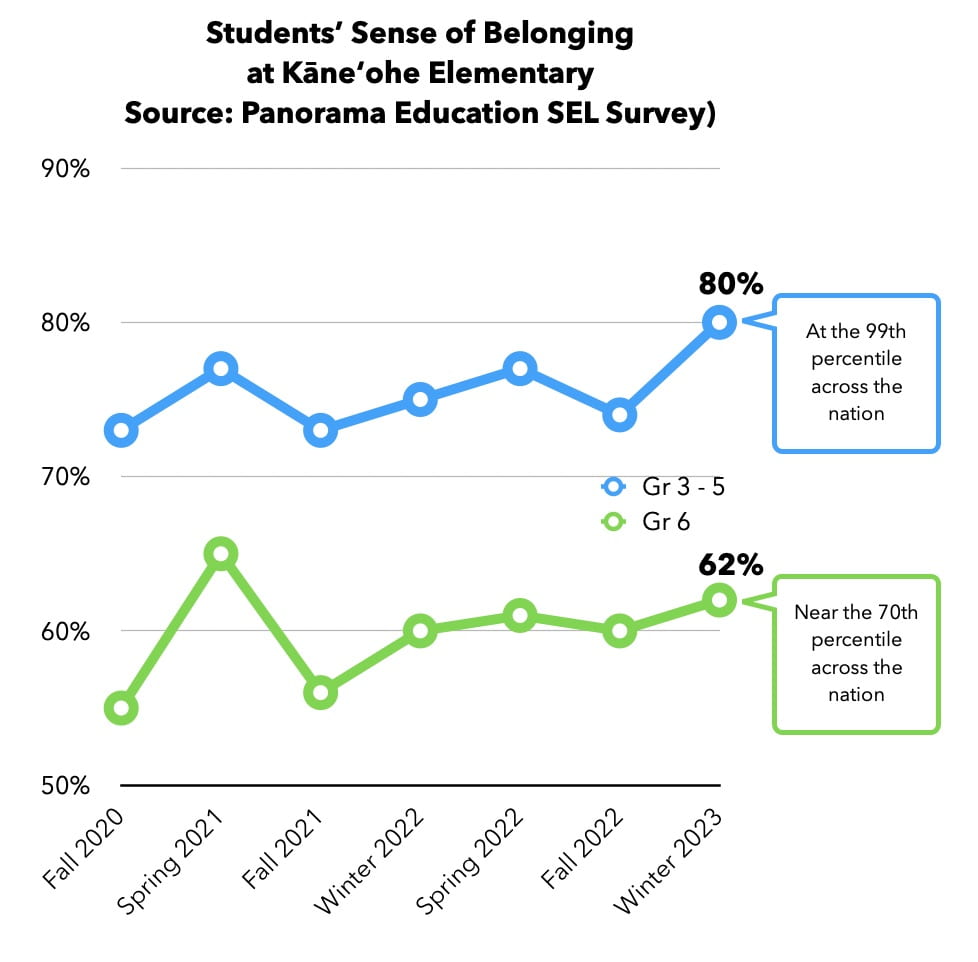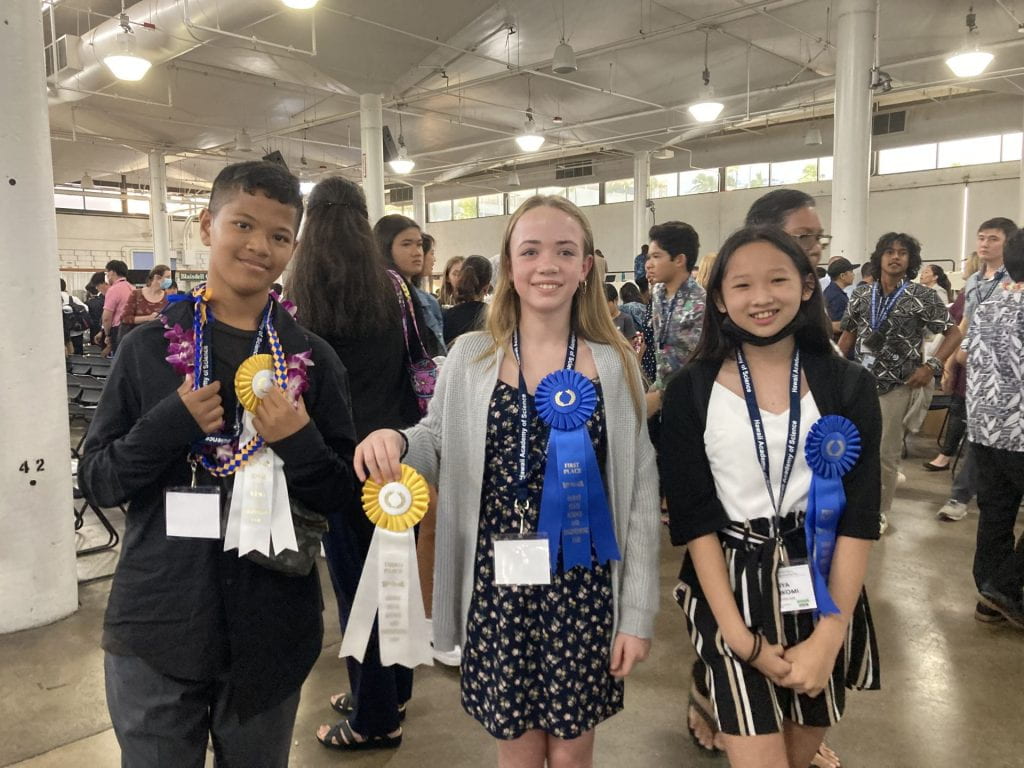Patience; patient, enduring, long suffering; to tolerate. Lit., great breath
(Pukui-Elbert)
ALOHA FOCUS FOR THE WEEK: AHONUI
One of my favorite temptations is chips and other salty snacks. When placed in front of me, I have a difficult time resisting trying a few. This weekend I attended a workshop and walked by the platter full of pastries without a second look. However, when the bags of chips were brought out, all of sudden my stomach started to rumble. I immediately grabbed a bag of Fritos and clumsily stuffed my face. Had I been one of the kids in the famous Stanford Marshmallow Experiment, I would’ve been an outlier. Place a marshmallow in front of me and I can wait for days without wanting to eat it. But replace it with a plate of fries and I’d be labeled an impulsive toddler.
The Stanford Marshmallow Experiment, tested how age correlated with the ability to self-regulate and control one’s impulses. Children were given the choice to eat a marshmallow immediately or be rewarded with more if they waited. Researchers found that at around the age of 4, children are much better at showing patience when given this choice. Somehow, at this age, their brains mature to such a point that they could decide to wait rather than give in to temptation. Of course, some 4 year olds were better at waiting and could do it for much much longer – like 20 minutes compared to about a minute. Why the variation? Are some kids just born more able to control themselves? Science has shown otherwise.
Self-regulation/controlling one’s impulses/patience/ahonui is a skill and, like any skill, can be learned. (Even Cookie Monster can learn to be patient.) The Marshmallow Experiment showed that children who waited the longest, used strategies to be patient. They sang, turned away from the marshmallows, or did another activity.
Of course some temptations are harder to resist. Like fries or chips for me, some children are especially impulsive when something/someone angers them. Even in these situations, they can learn to better control their emotions. Breathing, counting, singing, and walking away helps to diffuse their anger so they may better address the harm and hurt they experienced. As they learn to master the skill of showing ahonui, children will better foster positive relationships, enriching both their personal and professional lives into the future.
To show AHONUI,
- Take a deep and cleansing breath – aho;
- Picture a cool and gentle wave washing over you, rinsing away temptations, anger or stress; and
- Relax your muscles
5 PURSUITS of AHONUI:
Inspired by Gholdy Muhammad
Please watch this: Adventures of Beekle: The Unimaginary Friend written, illustrated and read by Dan Santat.Then with you child, answer the following:
IDENTITY: Describe a time when you had to be patient and preserve through a scary or uncomfortable experience.
SKILLS: What strategies does Beekle use to remain patient and persevere through his challenges? Provide examples from the book.
INTELLECT: Albert Einstein once said, “Imagination is more important than knowledge.” Watch this video by Sir Ken Robinson and the Power of Imagination (or for those with less patience, this shorter version)
CRITICALITY: When children move from one school to the next, it can be very trying to make new friends. How might we show aloha to help someone through that experience? Interview someone who has had to move to a new school -or- Share your story of moving to a new school.
JOY: In the story, Beekle wears a crown, symbolic of his courage, patience and perseverance. Using recycled materials, make a crown to remind you of the courage, patience and perseverance you possess.
STEM HŌʻIKE
One of the key initiatives unique to Kāneʻohe Elementary is our participation in the Engineering Pipeline, partnering with the UH College of Engineering and various engineering firms. At the elementary level, we introduce students to engineering as a problem-solving process and career option. Every student, from pre-school to grade 6 then uses the Engineering Design Process throughout the year to solve problems, apply core academic areas to real life scenarios, and cultivate a Growth Mindset. On Friday, April 28, 2 – 3:50 PM we invite you to visit your child’s homeroom and have them share the problem they attempted address, how they used the Engineering Design Process, and what they learned.
HOʻOMAIKAʻI: Castle-Kahuku Complex-Area Speech Festival 2023 Champions

On April 15, 23 fourth and sixth graders participated in the Castle-Kahuku Speech Festival 2023, our first in-person speech fest since the pandemic. They competed against other schools across the complex-area and were judged for their ability to recite works of literature to evoke emotion and entertain. We received their scores earlier this week and proudly announce that every group earned a superior rating – an amazing feat. Congratulations to the following superior speech festival participants:
Millie Brechner
Makamae Kaluhiwa
Kobe Bruhn
Kolea Danner
Keisuke Fujimoto
Mahina Ruiz
Willa Maxilom-Stevens
Callia Malczon
Sariah Ava
Nahlyn Khanama
Isabella Morton
Precious Pagba-Pimenta
Farrah Dumancus-Jones
Jase Chow
Kage Timoteo
Ryan Hunt
Isabela Duenas
Audrey Andres
Haulani Solarzano
Shaylyn Naone
Sophia Reimers
Jessica Hanaoka
Mia Stringfield
And their coaches: Mrs. Almedia, Mrs. Kodama, and Ms. Hastings
Mahalo also goes out to Miyuki Sekimitsu for coordinating our participation in this event and her team including: Jacque Yoshizumi, Dee Fujinaka, Julie Isa, and Jessica Matute
SBA TESTING
We begin our Smarter Balanced Assessment (SBA) testing on Tuesday, April 25, 2023, through May 19, 2023. Please ensure your child
- has a good nightʻs rest;
- eats a healthy breakfast;
- bring their headphones to school; and
- is on time for school.
Tardy students cannot take the SBA on the day they are tardy.
During this time period, we will also cancel our daily piko on testing days.
UPCOMING EVENTS
| Mon, Apr 24, 2023 | Innovation Academy Information Session 6:30 – 7:15 PM |
| Wed, Apr 26, 2023 | School ends at 2 PM – switch with Friday, Apr 28 for STEM Hōʻike |
| Wed, Apr 26, 2023 | School Community Council Mtg 4:30 – 5:30 PM |
| Fri, Apr 28, 2023 | STEM Hōʻike 2 – 3:50 PM – NOTE: School ends at 1:35 PM on this date |
| Mon, May 1, 2023 | Waiver Day – No Students |
| Sat, May 13, 2023 | Campus Beautification #2 |
| Apr 25 – May 19, 2023 | Smarter Balance Testing at Kāneʻohe Elementary |




